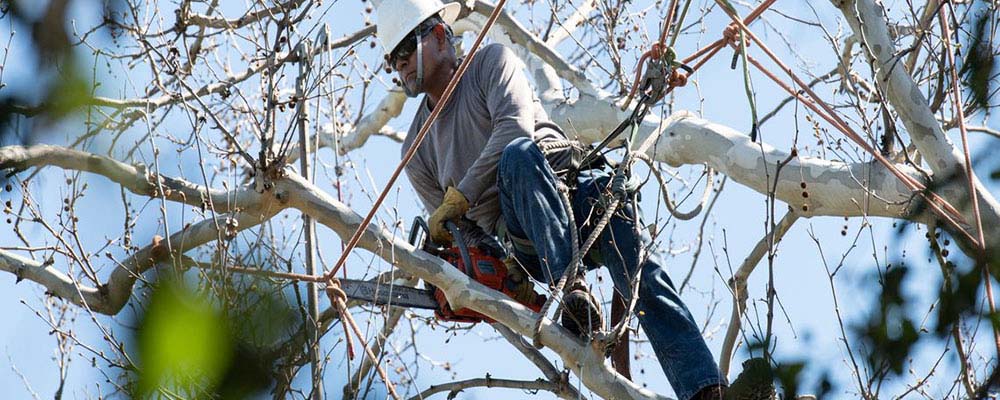What To Know Before Performing Tree Trimming

Trimming trees is absolutely important, after all, it makes the tree and its surroundings look better as well as increases the performance of the tree. Although trees do grow quite naturally without pruning as seen with forest trees that grow independently, this routine landscape maintenance makes it so that your trees are able to reach their full potential as well as live a long, fulfilling life.
If you plan to trim the trees on your own, then there are numerous things that you may want to know first. First and foremost, most likely the most important thing to remember is that you should never prune without a good reason. Each cut can potentially change the growth of the tree and therefore, it is important to remember that no branch should be cut without a good reason to do so. Before blindly trimming and cutting the trees, evaluate and assess the trees first if there are any valid reasons to trim them.
Some of the most common reasons for pruning trees may include, removal of dead branches to improve form and increase safety and avoid sudden branches falling, increasing the light and air penetration for plants below the tree’s crown to grow better and healthier, or corrective and preventative measures.
Related: Benefits Of Getting Tree Trimming
There is also a general rule that growth and wound closure are maximized if pruning takes place before the spring growth flush. This means that any heavy pruning of live tissue just after the spring growth flush should be avoided, especially on weak trees. There are some tree diseases that could spread due to pruning wounds since these openings provide access to disease-causing agents. Therefore, it would be best to keep in mind that susceptible trees should not be pruned during active transmission periods.
Generally, remove old, dead, lower fronds only, unless otherwise required for clearance. When thinning, the best way of trimming would most likely be reducing and shaping branches and limbs small enough so that they could be cut with hand tools, keep in mind that your cuts are going to encourage new growth. Cut limbs ¼ inch above a bud that faces the outside of the plant. You should also keep your cuts at a 45-degree angle to prevent water damage and disease.
There is also some trimming that can be done to younger trees so that their structures can be manipulated as desired. Trees that receive the appropriate pruning while young will require less corrective pruning as they mature. Of course, it is still important to not go wild and cut a lot of parts. Remember that each cut has the potential to change the growth of the tree, therefore it is important to set an objective for why the tree will be pruned which is to improve the young tree’s structure.
If you are dealing with some larger trees, it is best left in the hands of professionals and arborists since they have the appropriate equipment and training to remove large branches safely. If you plan to learn how to prune trees, some fruit and ornamental trees are the best ones to start with since they are most easily accessible and only require simple tools.